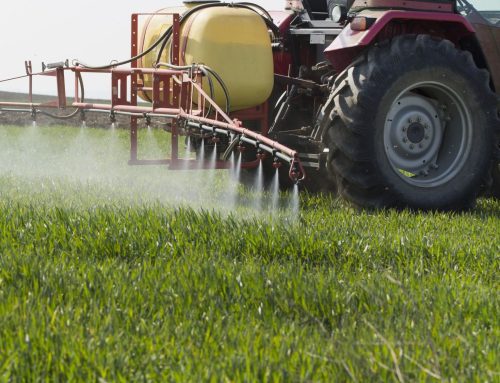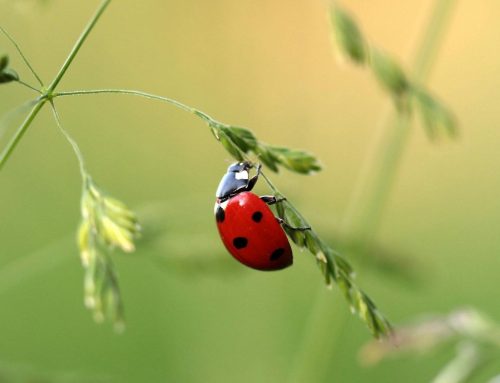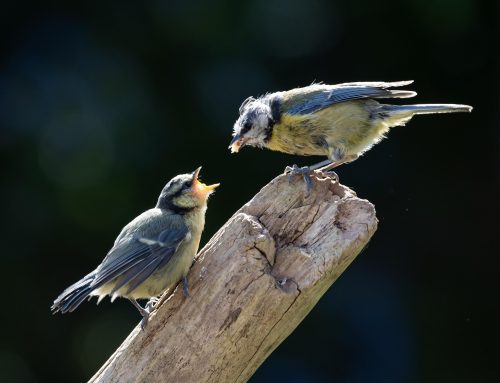By Natalie Bennett (kindly reproduced with permission from the author, the original article can be found here)
Pesticides: anyone who has followed my work will know I have spoken at length and on multiple occasions, about the vast and uncontrolled environmental damage that these products cause. Now, it is becoming clearer by the day that pesticides also lead to increased antimicrobial resistance (AMR). So why isn’t the government heeding this new evidence?
AMR, which results in our reduced ability to treat infectious diseases with pharmaceuticals – antibiotics and anti-fungals – is a major global issue. The famous figure released in the O’Neill report predicting that ten million people could die annually as a result of AMR by 2050 is often quoted. Already, we have seen data that some 1.3 million people, worldwide, died in 2019 as a direct result of resistant bacterial infections.
There is growing evidence that this complex issue is caused and exacerbated by a range of factors, not just contaminated wards or the GP’s prescription pad. The soil in our environment is an important ‘reservoir of genes for resistance’: our fields harbour the machinery that can create superbugs in our homes and hospitals.
UK lags behind EU in banning most hazardous pesticides implicated in genetic resistance
It is now known that when microbes are exposed to certain pesticides, they can become resistant to many of the antibiotics that we use to treat illness in humans. Some sources report that these bacteria can be transferred to us directly through the food grown in those pesticide-infused fields, or indirectly, such as via run-off into our water systems. Certainly, it ensures that the genetic tools of resistance – which can transfer between microbes – are far more common. Even bioaerosols can transfer bacteria from polluted aquatic environments to urban communities. With such a widespread issue, I am keen to spearhead change in the UK’s lacking policy.
The use of specific, more damaging, pesticides is something our government should be paying particular attention to. The UK has been accused of falling behind the EU in banning harmful pesticides, as we are still using a grand total of 36 pesticides that are not currently permitted in the EU due to their damaging nature. Of these, 13 are considered Highly Hazardous, a term used by the UN to classify the most harmful chemicals. As a result, campaigners have coined the UK ‘the toxic poster child for Europe’. Not only are many of these pesticides directly harmful to human health, aquatic organisms, and our carefully balanced ecosystems, but they are also impacting our public health.

Credit Artem Podrez via Pexels.com
With agribusiness contributing to AMR rises, governmental overhaul of sustainable pesticide use policy is long overdue
It may come as no surprise, then, that bacteria resistant to broad-spectrum antibiotics (like penicillin) in agricultural soil have increased fifteenfold between 1940 and 2010. One particularly high-profile pesticide, thiamethoxam, has been banned in the EU for years, yet has been approved in sugar beet farming in the UK since 2019. When I asked the minister about the impact of thiamethoxam use on bee health and AMR, I was met with confusion and denial. As we approach the government’s annual review of neonicotinoids, we should be asking why ministers are allowing the agricultural industry to continue using toxic pesticides despite the threats they pose.
The rationale for our damaging pesticide use has always stemmed from perceived threats to our crops warring with business profits and the government’s responsibility to ensure food security. Yet French research estimates that we could reduce our pesticide use by 42% without negatively influencing profitability or productivity. Comparatively, the UK’s national action plan for the sustainable use of pesticides contains no set timetable and has remained untouched since its publication in 2013, despite repeated assurances by Defra that an update would be published by “Spring 2022”. This begs the question: does the UK government have any plan whatsoever when it comes to pesticides, let alone one that integrates current science into up-to-date policy?
Encouraging signs as AMR framework concept emerges from US
Outside of Europe, the US is also paying closer attention to the hazardous relationship between poorly managed agricultural policies and our healthcare workers’ ability to effectively prescribe. Just last month, the US Environmental Protection Agency published a concept note which proposes a framework to expand the current process for “assessing the risk that antibacterial or antifungal pesticides may pose to the effectiveness of human and animal antibacterial and antifungal drugs”. Could this highly anticipated recognition of the threat of cross-resistance in our environment lay the foundation for more targeted approaches in AMR?
Let’s hope that the upcoming framework offered by our American neighbours spurs UK organisations to take similar steps.
To keep pace internationally, UK must prioritise AMR as a complex public health and environmental concern
Ultimately, our government should be learning from the actions of nations that are marching ahead of us, recognising the scientific evidence for pesticide-related AMR, and prioritising our environment and population’s health over short-term fixes. Let us hope that our government’s annual neonicotinoid review and the long-awaited publication of our National Action Plan on pesticide use reflect these complex challenges and allow us to take vital steps to protect both our antibiotics and our environment.
Natalie (Baroness Bennett of Manor Castle) is a Sheffield Green Party member, having been leader of the party 2012–16. She works particularly on food and farming, universal basic income, and making the UK a democracy.
This article was prepared in collaboration with Lorna Flintham, a senior intern supported by the British Society for Anti-Microbial Chemotherapy.





